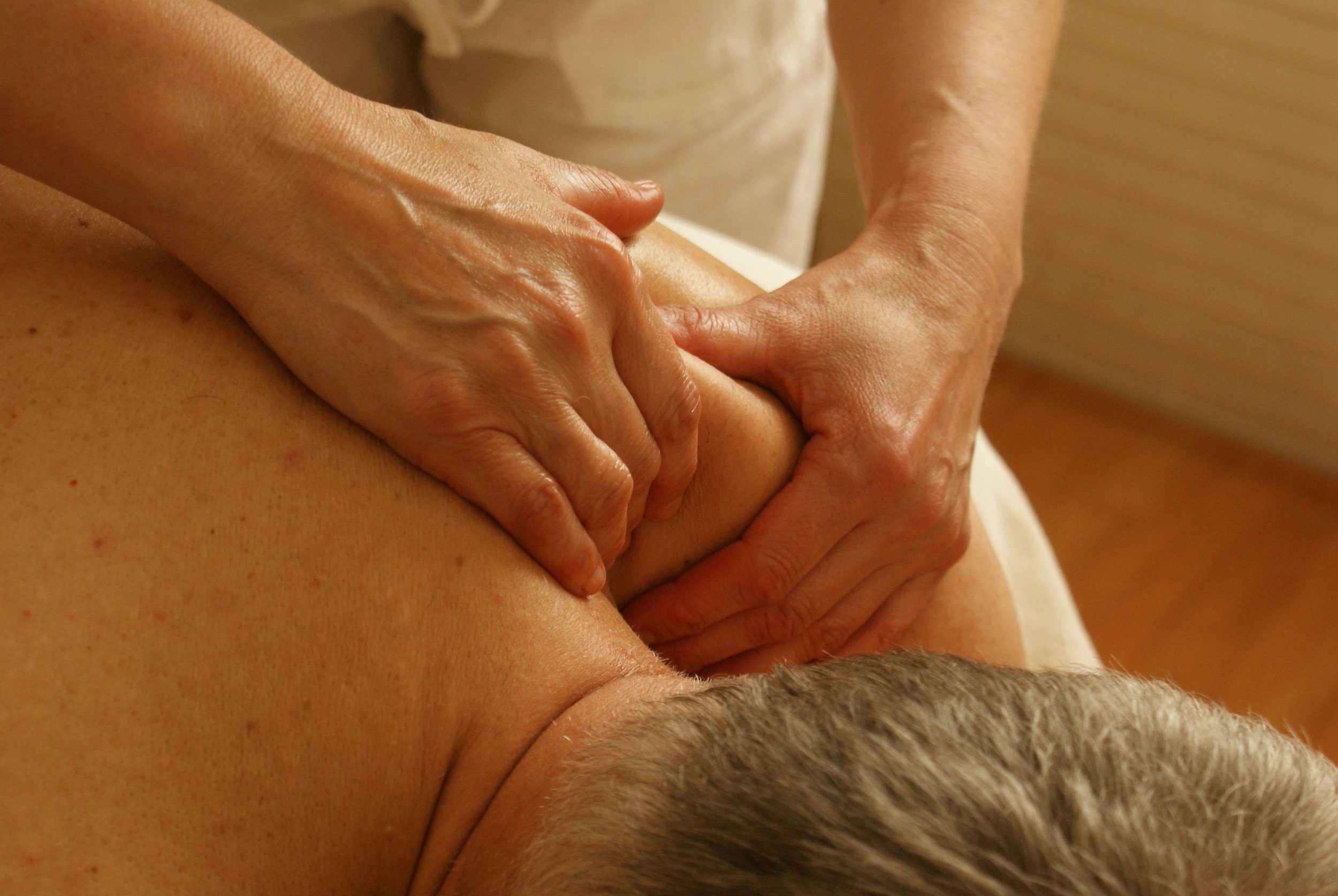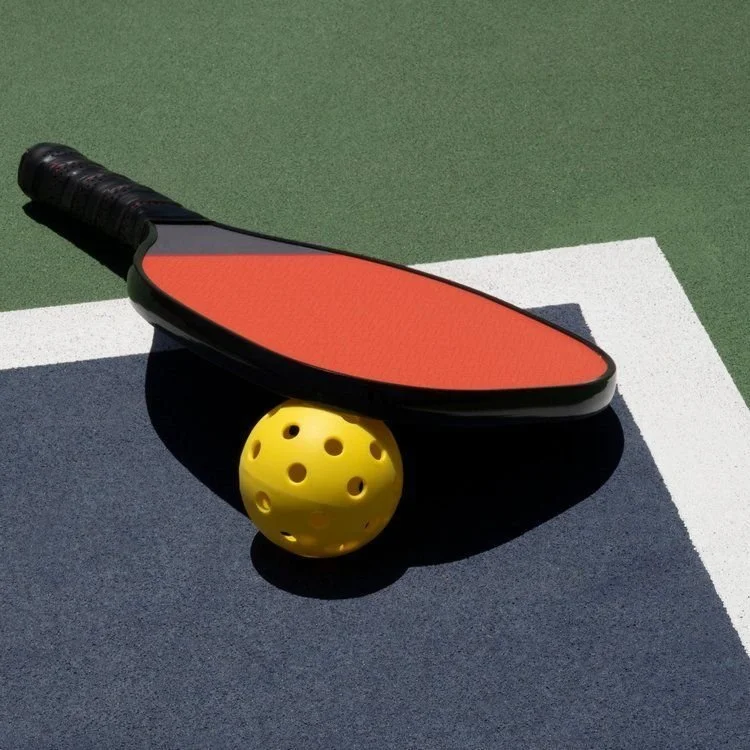Superior canal dehiscence (SCD) is a rare disorder of the inner ear that can dramatically affect both balance and hearing. It results from a thinning or a hole (dehiscence) in the bony covering of the superior semicircular canal, one of the three semicircular canals responsible for detecting head motion and spatial awareness.
Read MoreBreathing is something that seems very simple, but we cannot overlook just how powerful it is. It affects our blood chemistry, our mental state, our posture, and as you’ll see in this article, your circulation. When you realize how many breaths you take in a day, you can imagine that disordered breathing can have a massive impact on your health. At 16 breaths per minute, that’s over 23,000 breaths per day.
Read MoreIn physical therapy, we are generally trying to avoid pain. The one exception; knee replacement. Total knee replacement is well known to be the most painful of the rehab experiences, with rotator cuff repair to be a closed second. IOvera therapy is a relatively new treatment (2014) that may help the process.
Read MoreThe word “toxins” gets thrown around a lot and is sort of this vague idea. I used to cringe when I heard someone say, ‘drink lots of water to get rid of the toxins’. It sounded like nonsense. However, toxins are a real thing and understanding what they are, and where they are, can help us understand how to deal with them.
Your stomach is like an acid factory. The strong acid inside helps break down food and also kills off harmful germs before they can cause trouble. Helicobacter pylori (H. pylori) is a bacteria that has figured out how to live in this acidic environment. H. pylori is a spiral-shaped bacterium that lives in the lining of the stomach. Many people carry it without realizing it, but in some cases it can cause irritation, ulcers, or long-term digestive problems. The reason it can survive in such a harsh place is because it produces an enzyme called urease.
Read MoreThe “wear and tear” model of arthritis never really sat well with me. It just doesn’t make much sense if you understand physiology. It’s common for healthcare professionals to make analogies of the body being like a car. This can make sense in some ways such as fuel and metabolism. However, the problem is that many people, including healthcare professionals, say things such as, “like a car, your parts just wear out”. That reminds me of the quote, “just because it’s logical, doesn’t mean it’s physiologic”.
Read MoreAutoimmune diseases are on the rise and comprise most of the chronic disease that we face. Lupus, multiple sclerosis, rheumatoid arthritis, psoriasis, sjogren’s, celiac, type 1 diabetes, and vitiligo, are just some of the growing list (over 100) of autoimmune diseases. They are classically described as an immune system that’s gone “haywire” and the current solution is to suppress the immune system with steroids. That is a symptom based approach and will cause a whole host of other issues. Getting a grip on your immune system can help you manage autoimmune disease and put it at bay. Luckily, we now have a metric (HRV) that tracks your immune system and can be leveraged.
Read MoreI’ve had intermittent bouts of asthma throughout my life and it is usually triggered by allergies. I was recently in Brazil for 3 weeks, and my asthma worsened. I’m not sure what triggered it, but I had only brought one inhaler and it was almost empty. We drink a fair amount of coffee when we go there, and I noticed that it seemed to improve my symptoms. That’s when I remembered something I learned in grad school; caffeine belongs to a class of compounds called methylxanthines, the same class that includes theophylline, a drug that has been used for decades to treat asthma and chronic lung diseases like COPD.
Read MoreGetting quality sleep is paramount to health, and so many of my patients struggle with this. Stress, screens (which disrupt circadian rhythm), and irregular schedules can wreak havoc on our ability to rest deeply. But what if a gentle, hands-on technique could help reset your body and improve the way you sleep? Manual Lymphatic Drainage, or MLD, can be a powerful tool to improve the quality of your sleep.
Read MoreWhen most people think about carbon dioxide, they associate it with pollution, breathlessness, or the waste product we exhale. But there's much more to CO₂ than meets the eye. In fact, this often misunderstood gas plays a subtle but powerful role in how our nervous system regulates stress, calmness, and emotional well-being.
Read MoreDigestive health issues like bloating, constipation, and irritable bowel syndrome (IBS) can disrupt daily life and leave many searching for gentle, effective solutions. Manual Lymphatic Drainage (MLD) is gaining attention as a complementary therapy that may offer relief for various digestive complaints.
Read MoreIf you’ve just had surgery such as a knee replacement, a tummy tuck, or anything in between you’re probably eager to get back on your feet. One technique I always recommend for my post-op clients is Manual Lymphatic Drainage (MLD). MLD is a targeted approach and can be a game-changer for surgical recovery.
Read MoreWe all know how it feels after a bad night’s sleep. You wake up groggy, and maybe a little more irritable than usual. What you might not realize is that poor sleep can have a surprising effect on your blood sugar levels.
Read MoreThere is an acronym, T.I.G.E.R., from the work of Dr. Akil Palanisamy, for the 5 triggers of autoimmune disease. While it’s tempting to blame genetics, it’s really the interplay between your genes and your environment that dictates whether genes are expressed or not. This is termed ‘epigenetics’.
Read MorePlatelet-Rich Plasma (PRP) therapy has emerged as a promising treatment in regenerative medicine, leveraging the body's own healing mechanisms to address various musculoskeletal and dermatological conditions. By concentrating platelets from a patient's blood, PRP injections deliver growth factors that can accelerate tissue repair and reduce inflammation. However, the efficacy of PRP varies across different body parts and conditions.
When I was in grad school, I had to sit in front of my laptop for hours on end. Eventually, I developed a nagging pain between the shoulder blades. I tried stretching it, rolling on a ball, worked on my posture, but nothing seemed to alleviate it. It wasn’t until I graduated and no longer had to spend as much time sitting in front of the computer that it went away. Now that I'm an older, wiser physio, I know how to fix it.
Read MoreSeveral years ago, I set up a tent and table at the US open for Pickleball in Naples, FL. We saw a ton of injuries, ankles and calves, elbows, some back and some shoulders. It’s tempting to name a blog like this, “how to prevent injuries”, but that’s misleading. You can’t truly prevent injuries, however you can improve your warm-ups for the best possible outcome.
Read MorePeripheral neuropathy is a condition that affects people in a “stocking and glove” pattern, meaning the hands and feet. This can cause numbness and tingling, and/or loss of sensation. As it progresses, it can lead to balance problems as the sensation in your feet help you stay balanced. There are many things that cause this such as diabetes, peripheral artery disease, smoking, alcoholism, and certain viral infections. However, one under-appreciated cause is B12 deficiency. The good news is it’s treatable.
Read MoreChronic Obstructive Pulmonary Disease (COPD) can feel like carrying the weight of your own breath. Tasks most people take for granted such as climbing stairs, walking the dog, even getting dressed, can become daily challenges. But what if a unique breathing technique could actually help ease these struggles? That’s where isocapnic training comes into play.




















